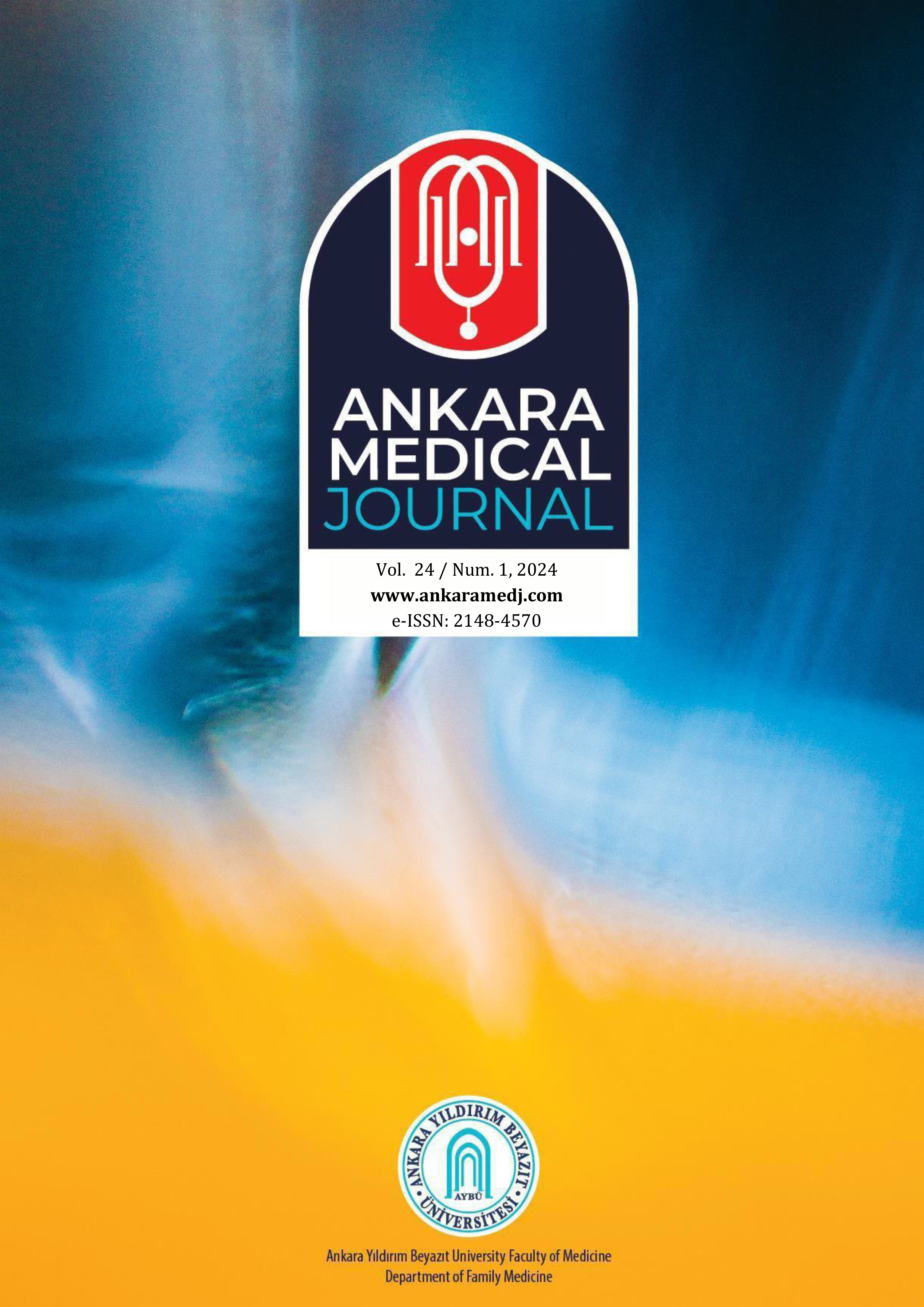Analysis of The Relationship Between Blood Gas Parameters and Electrocardiography in Patients with Dyspnea
Göknur Yıldız1, Şeyhmus Kaya1, Özge Turgay Yıldırım2, Fatih Alper Ayyıldız1, Can Gökay Yıldız31Eskisehir City Hospital, Department Of Emergency Medicine, Eskisehir, Turkey.2Eskisehir City Hospital, Department Of Cardiology, Eskisehir, Turkey.
3Tokat State Hospital, Department Of Emergency Medicine, Tokat, Turkey.
INTRODUCTION: Dyspnea, a frequently encountered life-threatening symptom in Emergency Department admissions, prompts the utilization of various diagnostic tests such as blood gas analysis, complete blood count, and electrocardiography (ECG) to ascertain its cause and severity. This study aims to assess the association between blood gas parameters, complete blood count results, and electrocardiographic parameters. Additionally, the investigation focuses on identifying malignant arrhythmias and abnormalities in repolarization parameters (PR interval, QRS interval, QTc interval, Tp-e interval, and Tp-e/QTc ratio) in patients admitted to the Emergency Department with dyspnea.
METHODS: The study includes individuals aged 18 and above who were admitted to the emergency department due to dyspnea. Upon admission, the patient's electrocardiographic parameters, blood gas results, complete blood count values, and other relevant laboratory findings were documented.
RESULTS: Among the 385 patients studied, with a mean age of 64.6±17.7 years, 52.7% (n=199) were male. Analysis of the ECG results revealed a statistically significant prolongation of the QRS interval in acidotic and hypercapnic patients with dyspnea (p=0.041 and p=0.015, respectively). Similarly, the QTc interval was found to be significantly longer in acidotic and hypoxic patients presenting with dyspnea (p=0.011 and p=0.026, respectively).
DISCUSSION AND CONCLUSION: Acidotic, hypoxic, and hypercapnic patients with dyspnea exhibited significantly prolonged QRS and QTc intervals. These findings suggest an elevated probability of ventricular arrhythmias in these patients.
Sorumlu Yazar: Göknur Yıldız, Türkiye
Makale Dili: İngilizce
(51 kere indirildi)





